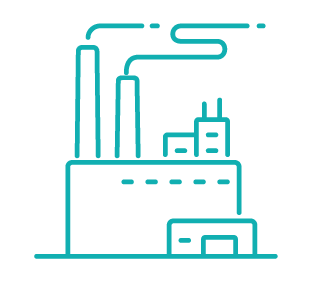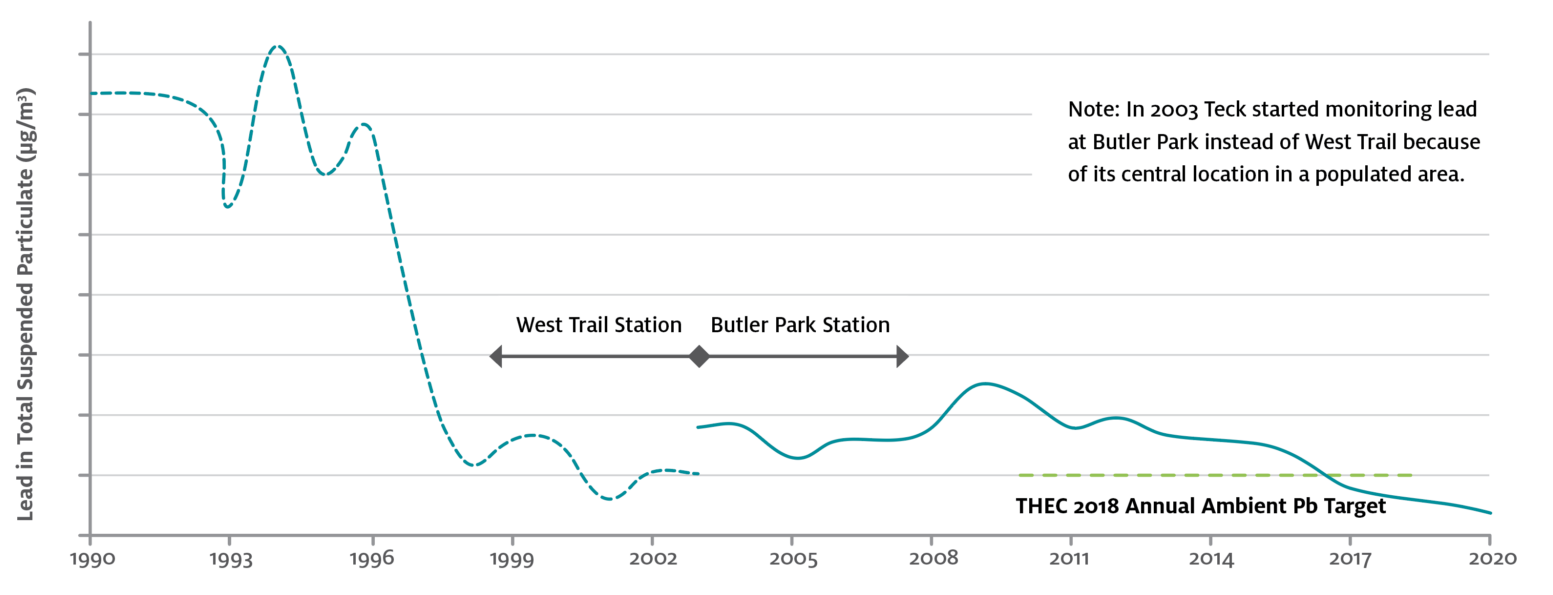Lead exposure can have detrimental effects on early childhood development and children’s future outcomes. Lead is most harmful to young children under the age of six. A pregnant woman who is exposed to lead can pass it to her baby through the mother’s breast milk. For children, there is no known safe level of lead exposure and no known safe blood lead concentration.
Most lead enters the body through the mouth via eating, drinking or breathing in dust containing lead. Young children are at a higher risk for lead exposure and its effects because:
- They often put their hands and objects in their mouths.
- They sometimes swallow non-food items.
- Their bodies absorb lead at a higher rate.
- Their brains are developing quickly.
Still, there are actions you can take to help reduce your family’s exposure to lead.




